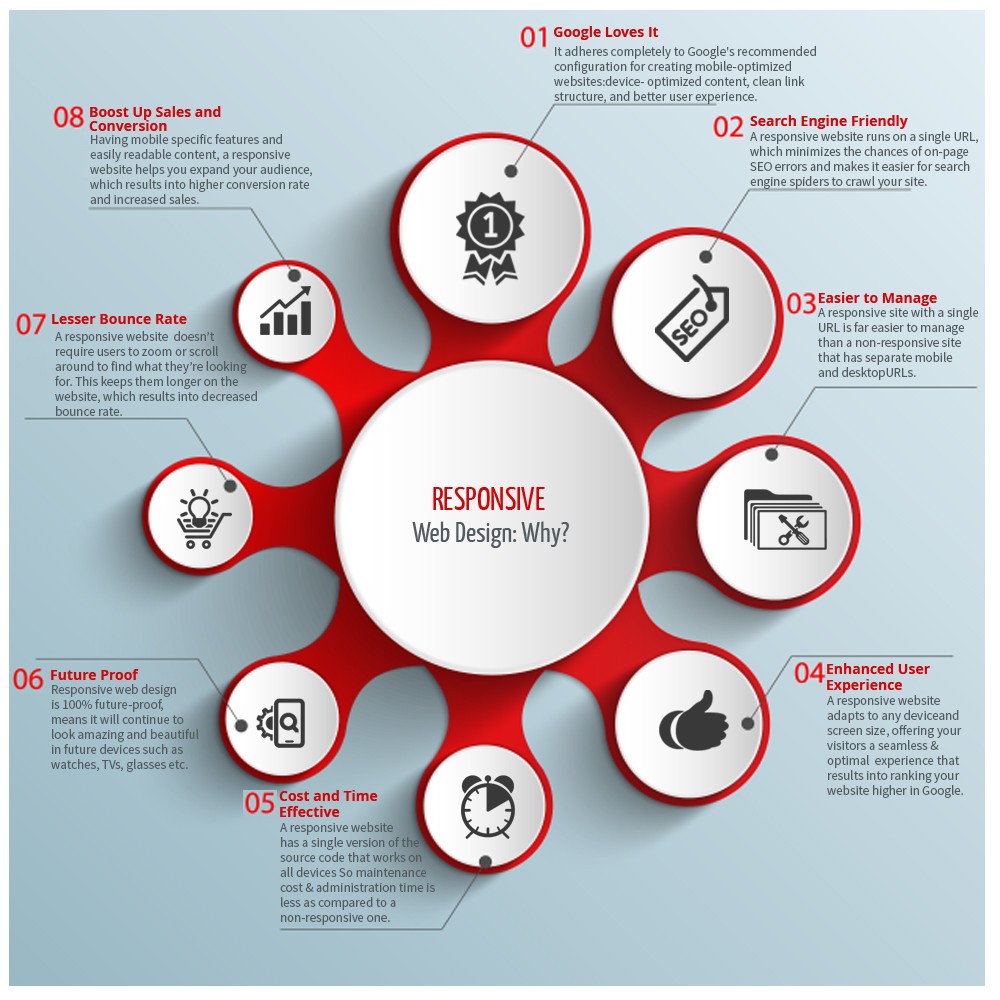Intrigued In Finding Out Just How Web Site Design Has Evolved Over The Years? Explore The Journey From Uncomplicated Styles To User-Centered Methods
Intrigued In Finding Out Just How Web Site Design Has Evolved Over The Years? Explore The Journey From Uncomplicated Styles To User-Centered Methods
Blog Article
Article By-Rasmussen Stender
In the past, websites were straightforward and focused on information. Navigation was direct, and layout was for desktops. Now, user experience is vital. Data overviews designs for easy navigation. Responsive formats fit various tools. Today, dark mode lowers strain, and minimal menus improve navigating. Interactive features involve customers, and vibrant visuals stand out. AI assimilation improves engagement. See how design has actually progressed to enhance your on the internet trip.
Very Early Days of Website Design
In the early days of web design, simpleness preponderated. Web sites were basic, with minimal shades, typefaces, and formats. The emphasis was on supplying info as opposed to fancy visuals. Individuals accessed the web via slow dial-up links, so rate and performance were key.
Navigation menus were straightforward, typically situated at the top or side of the page. Web sites were designed for desktop, as mobile browsing wasn't yet common. Material was king, and designers focused on simple readability over complicated style elements.
HTML was the primary coding language made use of, and designers had to work within its restrictions. Computer animations and interactive attributes were marginal contrasted to today's standards. Sites were static, with little dynamic content or individualized user experiences.
Increase of User-Focused Style
With the development of site layout, a change in the direction of user-focused style concepts has actually ended up being significantly famous. https://www.cmswire.com/digital-experience/the-sonic-liberation-implications-of-audio-for-digital-marketing/ , developing web sites that prioritize user experience is vital for engaging site visitors and attaining company objectives. User-focused style involves understanding the requirements, preferences, and habits of your target audience to tailor the site's design, web content, and includes as necessary.
Developers now conduct comprehensive research, such as user studies and use testing, to gather understandings and comments directly from individuals. This data-driven method assists in developing user-friendly navigating, clear calls-to-action, and aesthetically appealing user interfaces that resonate with site visitors. By positioning the customer at the facility of the style procedure, sites can supply a more customized and pleasurable experience.
Receptive design has likewise become a crucial facet of user-focused design, ensuring that sites are maximized for various gadgets and screen sizes. This flexibility enhances ease of access and functionality, satisfying the diverse means individuals communicate with web sites today. Essentially, the surge of user-focused style represents a shift towards creating electronic experiences that prioritize the requirements and expectations of the end individual.
Modern Trends in Web Design
Explore the most recent trends shaping web design today. One prominent fad is dark mode design, using a streamlined and contemporary appearance while minimizing eye strain in low-light environments. One more crucial fad is minimal navigating, simplifying menus and improving user experience by concentrating on essential elements. Integrating micro-interactions, such as animated buttons or scrolling impacts, can create a more interesting and interactive website. Responsive layout stays vital, making sure seamless user experiences across different tools. Furthermore, making use of bold typography and asymmetrical formats can include aesthetic interest and draw attention to particular web content.
Integrating AI innovation, like chatbots for customer assistance or customized suggestions, improves user engagement and improves processes. Availability has also come to be a significant pattern, with developers focusing on comprehensive style methods to cater to varied user demands. Welcoming sustainability by maximizing website performance for rate and effectiveness is one more emerging trend in web design. Working together with user responses and data analytics to repeat and boost layout continuously is essential for staying appropriate in the ever-evolving digital landscape. By welcoming these modern patterns, you can produce an aesthetically attractive, user-friendly website that reverberates with your audience.
Conclusion
As you assess the advancement of website style from the early days to currently, you can see how user-focused layout has come to be the driving pressure behind modern trends.
Embrace visit my web page of adjustment and adaptation in web design, always keeping the user experience at the leading edge.
Stay present with the most recent trends and modern technologies, and never quit advancing your method to develop visually spectacular and straightforward sites.
Evolve, adapt, and develop - the future of website design remains in your hands.
